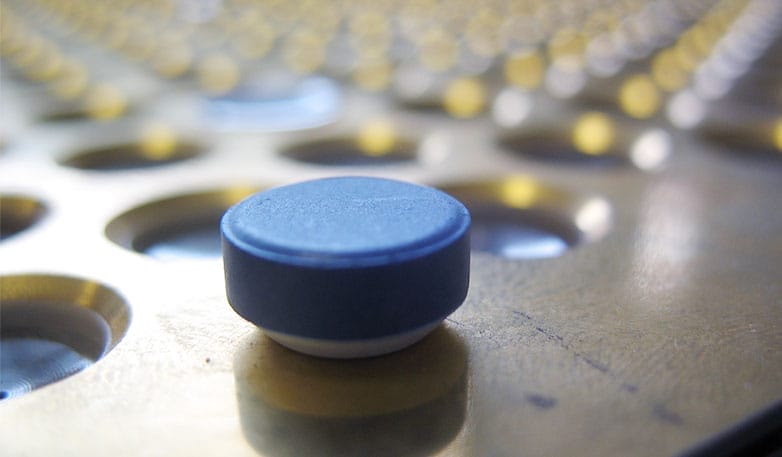Phoqus: Development of tablet coating process
Phoqus developed secondary care products for patients with unmet medical needs through its proprietary drug delivery and re-formulation technologies. Their novel tablet coating process required the development of a bespoke manufacturing system. We went back to first principles, designing a prototype system along with a roadmap for the scale-up to full production.
Phoqus had pioneered a tablet coating method and loading of active drug compounds onto the surface of tablets using the principles of electrostatic deposition technology similar to the principles used in photocopying. This opened up a range of possible applications including a delayed release therapy which required the coating to be applied to the tablet sides as well as the top surface. This particular application required significant modifications to the existing process in order to coat more accurately and fuse the coating repeatedly.
Sagentia conducted a series of proof-of-principle activities de-risking of all critical technical aspects of the process and with a view to developing a suitable scale up system for the process. The areas included accurate and repeatable controlling of the coating gap, re-design of the platen which holds the tablets, and development of a robust arm to support the platen conveying high levels of vacuum to the tablets.
In order to provide the tablet development team with a machine to refine the coating parameters, Sagentia fast-tracked the development and build of a linear coating system incorporating the concepts and designs from the proof of principle phase, which later could be easily scaled up into a rotary carousel system.
The build included integration of a custom hot air fusing and cooling unit and redesign of the power delivery system to allow coating of a stationary platen and cleaning processes according to cGMP.

